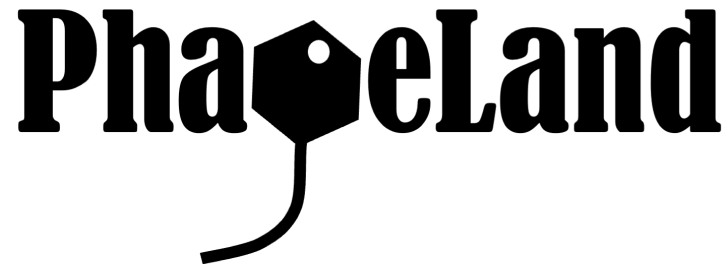WP5. Risk analysis
Home / Work packages / WP5. Risk analysis

Basic information
Lead partner: SGGW/ICRA
Participation: UW, KUL, QIB, TUD
WP goals
i) To experimentally evaluate the capacity of CWs for the removal of antibiotics, ARB and ARGs from communal wastes; ii) to assess the risk of potential transmission of AR determinants (including horizontal transfer of ARGs) in CWs; iii) to experimentally assess to what extent animals inhabiting CWs accumulate wastewater-derived ARB/ARGs in their microbiota and disseminate them through the trophic chain; iv) to determine the impact of phage treatment on functioning, structure and resistome of microbiomes inhabiting CWs; and v) to optimize phage dosages for an efficient and safe biotreatment of communal wastes.
Specific tasks
5.1. Microcosm experiments (lab-scale CW and CW + phages).
5.2. Bioinformatic analysis of resistome, mobilome and bacterial/phage community structure.
5.3. Assessment of phage biopurification.
5.4. Assessment of accumulation of ARB/ARG in model animals.
Milestones
M6. Setting up the experimental microcosms mimicking the functioning of CWs.
Deliverables
D15. Report on the comparative functioning of lab-scale CWs —with or without preliminary treatment with phages— on the removal of antibiotics, ARB and ARGs.
D16. Characterization of microbiomes, resistomes and mobilomes in model animals inhabiting CW after cultivation with effluent water resulting from both system configurations (CW and Phage+CW).
D17. Comparative assessment of the potential accumulation of ARB/ARGs of clinical concern in lab-scale CWs and model animals.
